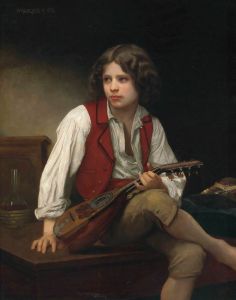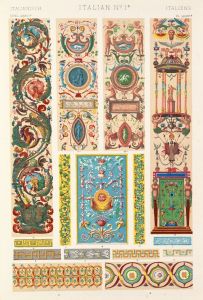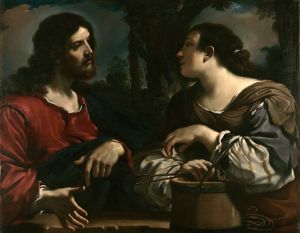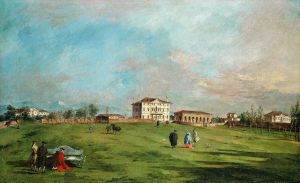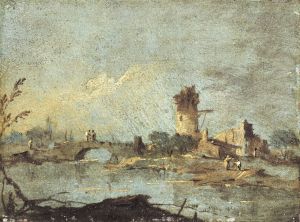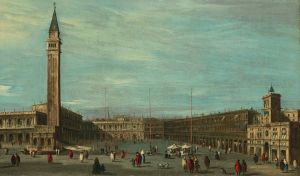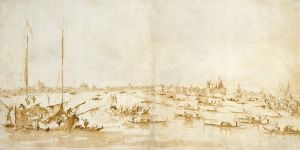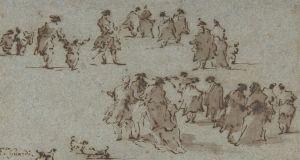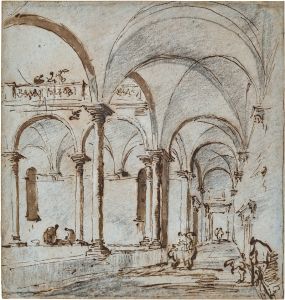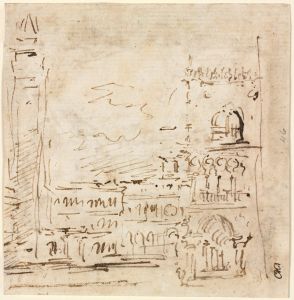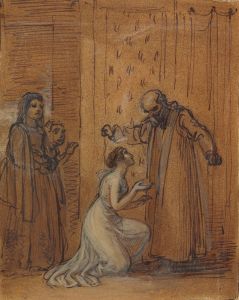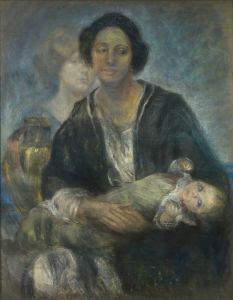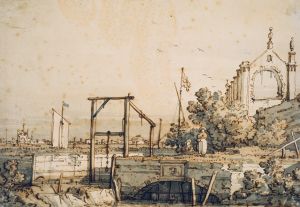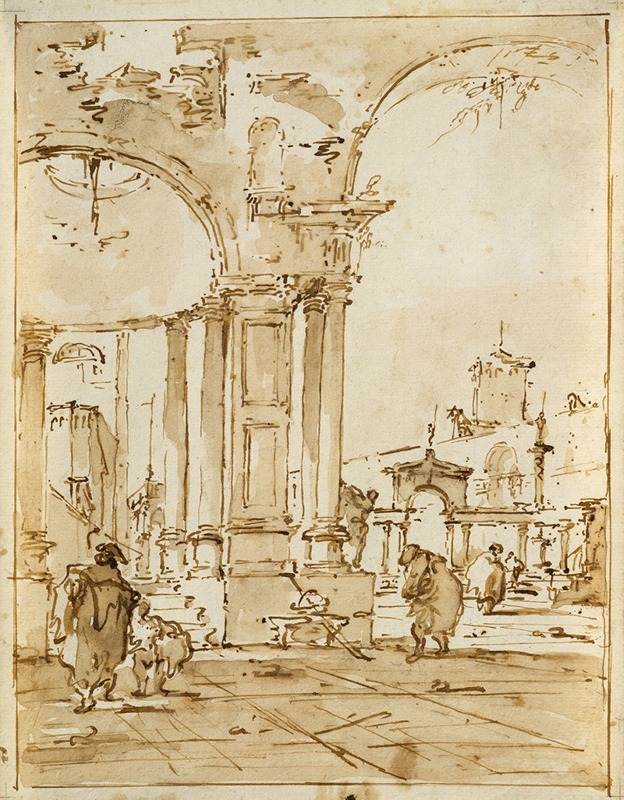
An Architectural Capriccio, with Classical Ruins
A hand-painted replica of Francesco Guardi’s masterpiece An Architectural Capriccio, with Classical Ruins, meticulously crafted by professional artists to capture the true essence of the original. Each piece is created with museum-quality canvas and rare mineral pigments, carefully painted by experienced artists with delicate brushstrokes and rich, layered colors to perfectly recreate the texture of the original artwork. Unlike machine-printed reproductions, this hand-painted version brings the painting to life, infused with the artist’s emotions and skill in every stroke. Whether for personal collection or home decoration, it instantly elevates the artistic atmosphere of any space.
Francesco Guardi (1712–1793) was an Italian painter of the Venetian School, known for his vedute (view paintings) and capricci (architectural fantasies). "An Architectural Capriccio, with Classical Ruins" is one of his works that exemplifies his skill in creating imaginative compositions that blend architectural elements with atmospheric effects.
This painting features a fictional arrangement of classical ruins, a common theme in capriccio paintings. The composition includes a variety of architectural elements, such as columns, arches, and fragments of ancient structures, set within a loosely defined landscape. Guardi's use of light and shadow, along with his characteristic loose brushwork, creates a sense of depth and mood, evoking a romanticized vision of antiquity. The ruins are not based on specific historical sites but are instead an imaginative amalgamation, showcasing Guardi's ability to invent and arrange architectural forms for aesthetic effect.
The painting reflects the 18th-century European fascination with the classical past, which was fueled by archaeological discoveries and the Grand Tour, a cultural journey undertaken by wealthy young Europeans. Capriccio paintings like this one were popular among collectors who appreciated their blend of fantasy and classical references.
Guardi's work is often compared to that of his contemporary, Giovanni Battista Piranesi, who also created capricci, though Piranesi's works were typically more detailed and focused on the grandeur of ruins. In contrast, Guardi's approach is more painterly and atmospheric, emphasizing mood over precision.
"An Architectural Capriccio, with Classical Ruins" is an example of Guardi's ability to merge his interest in architecture with his talent for creating evocative landscapes. The painting demonstrates his mastery of perspective and his ability to convey a sense of nostalgia for a bygone era. Today, works like this are appreciated not only for their artistic qualities but also for their role in reflecting the cultural and intellectual currents of 18th-century Europe.
The exact date of the painting's creation is not documented, but it is consistent with Guardi's mature style, which he developed in the latter half of his career. The painting is held in a private collection or museum, though specific details about its current location are not widely available.





